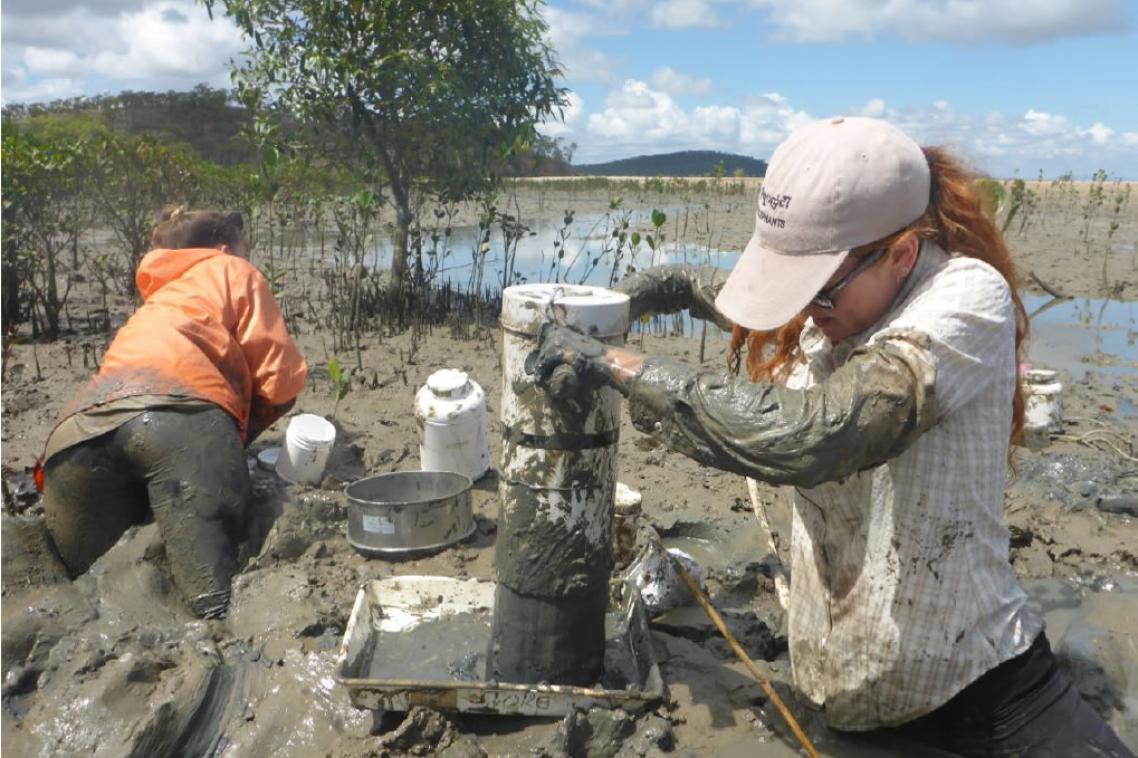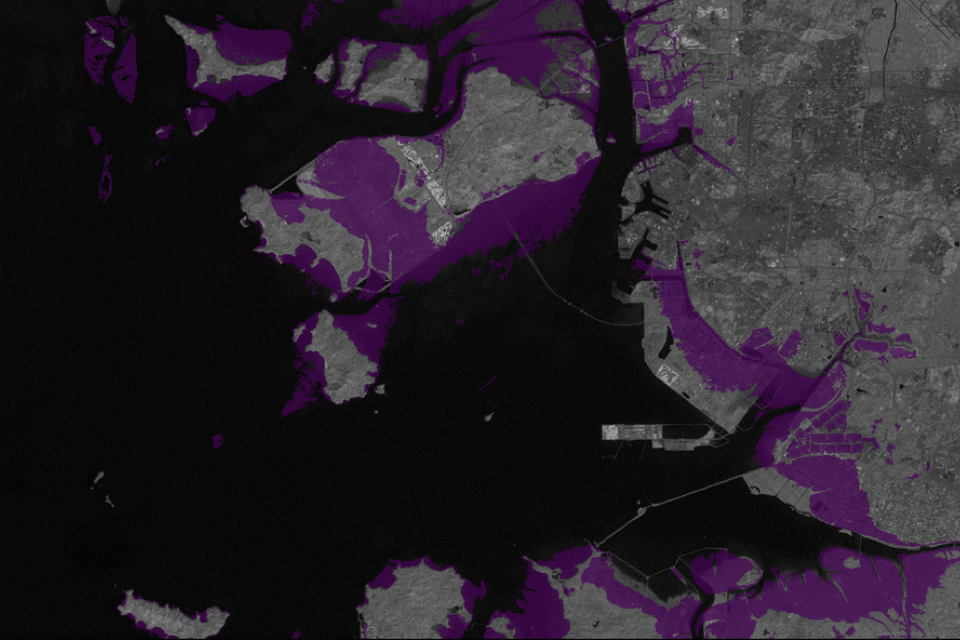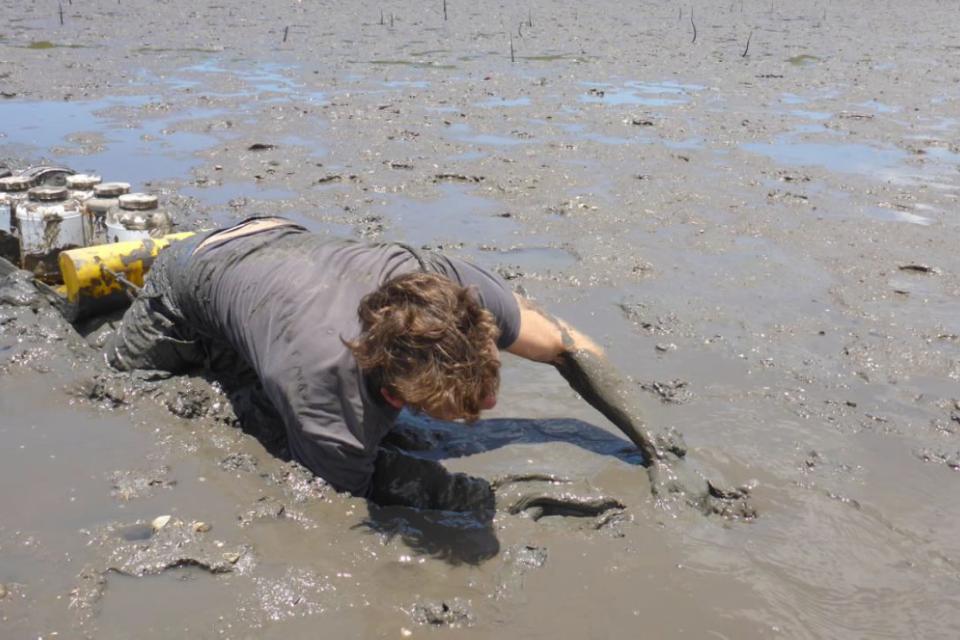Loss of intertidal ecosystem exposes coastal communities

Artificial intelligence and extensive satellite imagery have allowed researchers to map the world’s intertidal zones for the first time, revealing a significant loss of the crucial ecosystem.
The University of Queensland and University of New South Wales study has shown that global foreshore environments declined by up to 16 per cent between 1984 and 2016.
Professor Richard Fuller, from UQ’s School of Biological Sciences, said the zone between low and high tide lines protected more than 625 million people around the world from storms and sea level rises.
“Identifying areas where intertidal zones are being lost to development and rising seas is critical to safeguard coastal communities,” Professor Fuller said.
“Our research will have significant international benefits, with more than 1.4 billion people expected to live in coastal areas by 2060.”

UQ and UNSW Faculty of Science researcher Dr Nick Murray said it was made possible by a unique collaboration of conservation biologists, and marine, coastal, remote sensing, and computer scientists.
“It required nearly one million hours of computation, run on 22,000 machines via the Google Earth Engine,” Dr Murray said.
“We applied machine learning classifiers to every pixel from each satellite image available to us from along the world’s coastlines.”
The findings lay the ground-work for a global coastal monitoring system for international conservation and sustainable development targets.

“An online app, the Intertidal Change Explorer, offers open access to the dataset and supports its use to understand and conserve coastal ecosystems worldwide.”
The research, published in Nature (DOI: 10.1038/s41586-018-0805-8), was supported by a philanthropic donation from Google.
The collaboration also included UQ’s Professor Stuart Phinn, Mitchell B. Lyons, The Australian Institute of Marine Science’s Renata Ferrari, and Google developers Nicholas Clinton, David Thau, Michael DeWitt and Renee Johnston.
Images:
GIF – Intertidal loss in Incheon, South Korea between 1984 and 2016. (Credit: Nick Murray)
Right - Dragging sediment samples across the mudflats in Gladstone, Australia. (Credit: Chi-Yeung Choi)
Media: Professor Richard Fuller, r.fuller@uq.edu.au, +61 458 353 102; Dr Nick Murray, n.murray@unsw.edu.au, +61 414 815 788; Stuart Phinn, s.phinn@uq.edu.au, +61 401 012 996; Dominic Jarvis, dominic.jarvis@uq.edu.au, +61 413 334 924.
Related articles

Thousands of Queensland reef photos lead to worldwide change

From war-torn Liberia to the UQ Law School: a graduate’s inspiring family legacy
Media contact
UQ Communications
communications@uq.edu.au
+61 429 056 139
